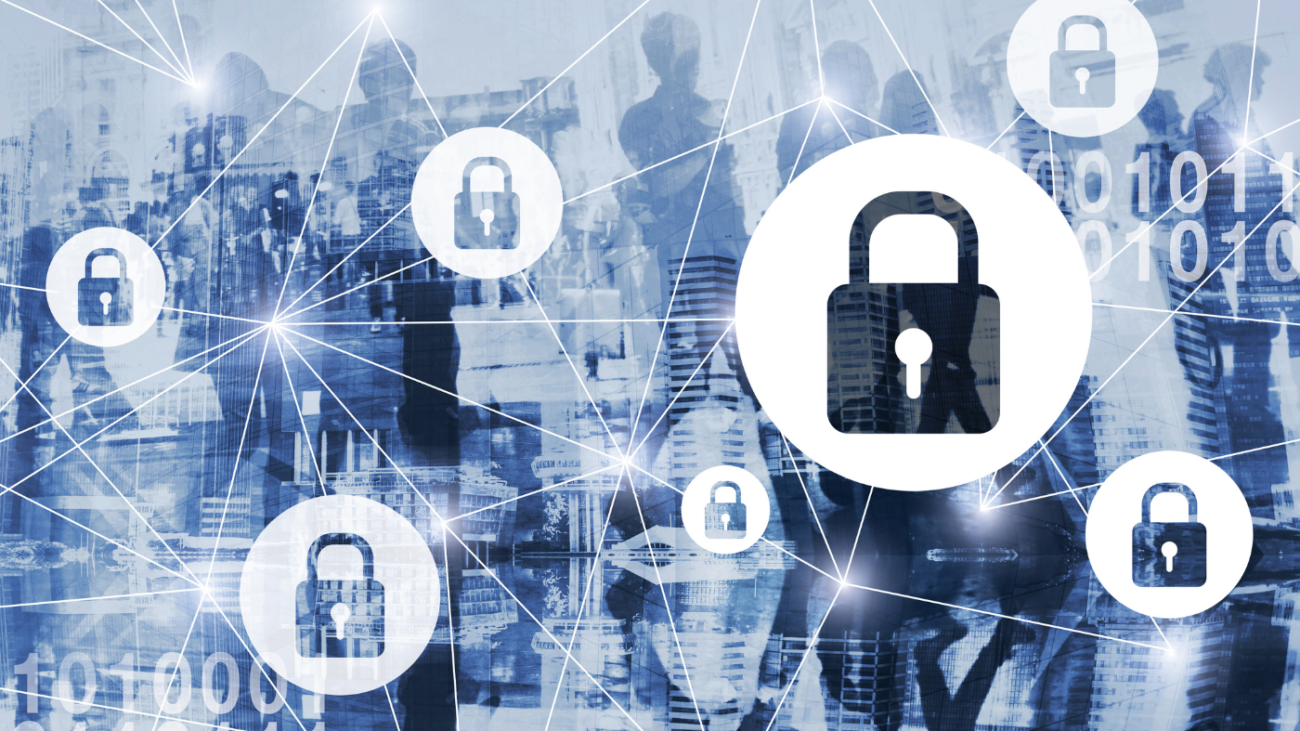In today’s digital age, cyber threats are more sophisticated and prevalent than ever. Businesses of all sizes must prioritize cybersecurity compliance to protect sensitive data, ensure regulatory adherence, and avoid costly penalties. Cybersecurity compliance involves implementing security frameworks, following industry regulations, and adopting best practices to safeguard information systems.
For businesses handling customer data, financial information, or proprietary assets, compliance is not just a legal requirement—it’s a fundamental necessity. This article will explore the key aspects of cybersecurity compliance, including its importance, regulatory requirements, common challenges, and best practices for ensuring compliance.
What is Cyber Security Compliance?
Cybersecurity compliance refers to the adherence to laws, regulations, and industry standards designed to protect digital assets and information. Compliance ensures that businesses implement proper security measures to mitigate cyber risks and maintain the confidentiality, integrity, and availability of sensitive data.
Cybersecurity compliance frameworks provide guidelines for businesses to follow to ensure robust security. These frameworks often include data protection policies, risk management strategies, incident response plans, and continuous monitoring requirements.
Why is Cyber Security Compliance Important?
Legal and Regulatory Requirements. Many industries are subject to strict cybersecurity regulations. Non-compliance can result in hefty fines, legal action, and reputational damage.
Protection Against Cyber Threats Compliance frameworks help businesses implement effective security measures to prevent cyberattacks, such as ransomware, phishing, and data breaches.
Customer Trust and Business Reputation. Consumers expect businesses to safeguard their personal information. Maintaining compliance demonstrates a commitment to security and enhances customer trust.
Financial and Operational Stability. A data breach can lead to financial losses, operational disruptions, and potential lawsuits. Compliance helps minimize these risks and ensures business continuity.
Competitive Advantage. Companies with strong cybersecurity compliance are more attractive to partners, investors, and customers, giving them a competitive edge in the market.
Key Cyber Security Compliance Regulations
Different industries and regions have unique cybersecurity regulations. Some of the most well-known compliance standards include:
- General Data Protection Regulation (GDPR)
- Applies to businesses handling data of European Union (EU) citizens.
- Focuses on data privacy, security measures, and user consent.
- Non-compliance can result in fines of up to 4% of annual revenue.
- Health Insurance Portability and Accountability Act (HIPAA)
- Applicable to healthcare organizations in the U.S.
- Requires safeguards for protecting patient data and electronic health records.
- Payment Card Industry Data Security Standard (PCI DSS)
- Mandates security measures for businesses processing credit card transactions.
- Helps prevent payment fraud and data breaches.
- Federal Information Security Management Act (FISMA)
- Applies to U.S. government agencies and contractors.
- Requires risk assessments, continuous monitoring, and security controls.
- ISO/IEC 27001
- An international standard for information security management systems (ISMS).
- Helps businesses implement best practices for data security and risk management.
- Cybersecurity Maturity Model Certification (CMMC)
- Required for businesses working with the U.S. Department of Defense.
- Ensures adequate protection of federal contract information (FCI) and controlled unclassified information (CUI).
Common Challenges in Cyber Security Compliance
Many businesses struggle with cybersecurity compliance due to various challenges, including:
- Complex Regulatory Landscape
Different regulations have unique requirements, making it difficult for businesses to stay compliant across multiple frameworks.
- Resource Constraints
Small and medium-sized businesses (SMBs) often lack the financial and technical resources to implement robust compliance programs.
- Evolving Cyber Threats
Cybercriminals continuously develop new attack methods, requiring businesses to update security measures frequently.
- Lack of Employee Awareness
Human error remains one of the leading causes of data breaches. Without proper training, employees may unknowingly compromise security.
- Data Management Challenges
Businesses collect and store vast amounts of data, making it challenging to secure sensitive information effectively.
Best Practices for Ensuring Cyber Security Compliance
To achieve and maintain cybersecurity compliance, businesses should implement the following best practices:
- Conduct Regular Risk Assessments
- Identify potential vulnerabilities and assess the risks associated with data processing activities.
- Use risk assessments to prioritize security measures and allocate resources effectively.
- Implement Strong Access Controls
- Use multi-factor authentication (MFA) to protect sensitive accounts.
- Restrict access to critical systems based on the principle of least privilege.
- Develop and Enforce Security Policies
- Establish clear security policies, including password management, data encryption, and incident response protocols.
- Ensure employees understand and adhere to these policies through training programs.
- Monitor and Audit Systems Continuously
- Use security monitoring tools to detect and respond to threats in real time.
- Conduct regular audits to ensure compliance with security standards.
- Encrypt Sensitive Data
- Use encryption to protect data at rest and in transit, reducing the risk of data breaches.
- Implement secure backup strategies to recover lost or compromised data.
- Establish an Incident Response Plan
- Prepare for potential security incidents by creating a detailed response plan.
- Define roles and responsibilities for incident handling and recovery procedures.
- Stay Updated on Regulatory Changes
- Cybersecurity regulations evolve to address new threats. Businesses must stay informed about updates and adjust security strategies accordingly.
- Conduct Regular Employee Training
- Educate employees on cybersecurity best practices, including phishing awareness and safe internet use.
- Encourage a security-first culture within the organization.
- Engage Third-Party Security Experts
- Consider hiring cybersecurity consultants or managed security service providers (MSSPs) to enhance compliance efforts.
- Third-party experts can provide assessments, penetration testing, and compliance audits.
- Use Compliance Automation Tools
- Leverage security automation tools to streamline compliance processes and reduce human error.
- Solutions like cloud security posture management (CSPM) and security information and event management (SIEM) can improve security monitoring.
Conclusion
Cybersecurity compliance is a critical aspect of business operations, ensuring data protection, legal adherence, and risk mitigation. As cyber threats continue to evolve, businesses must implement robust security measures, follow regulatory guidelines, and promote cybersecurity awareness across their workforce.
By adopting best practices such as risk assessments, employee training, and continuous monitoring, businesses can achieve compliance and safeguard their digital assets. Investing in cybersecurity compliance not only protects sensitive information but also strengthens customer trust and enhances business resilience.




